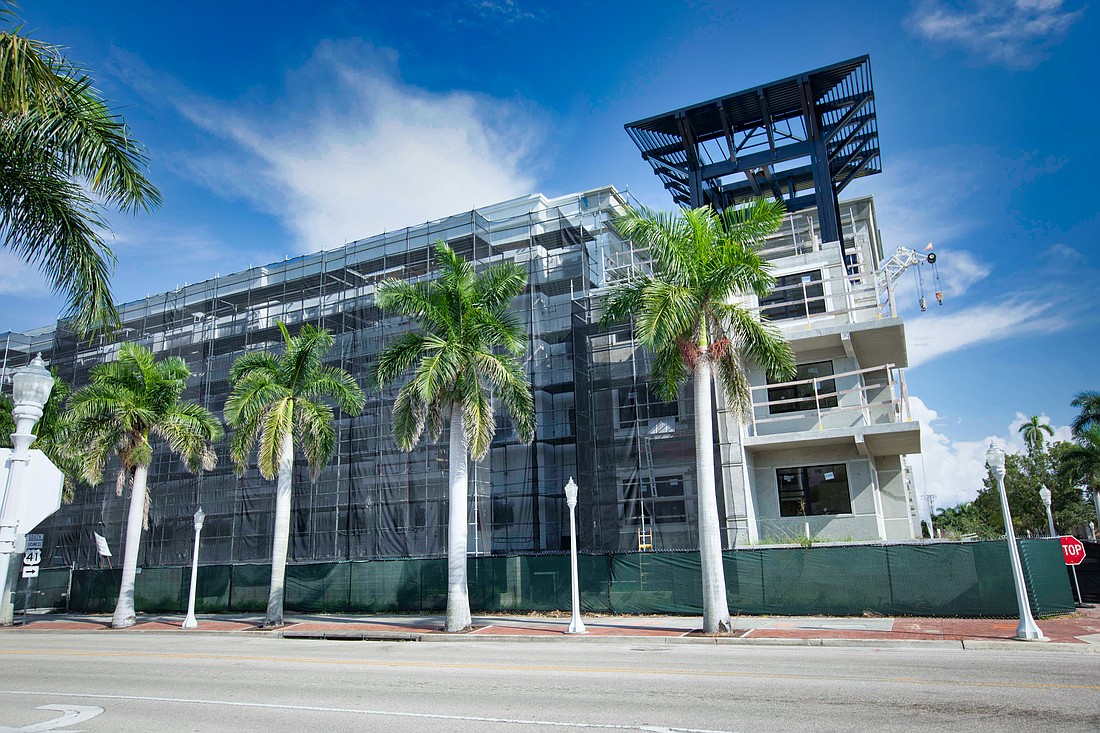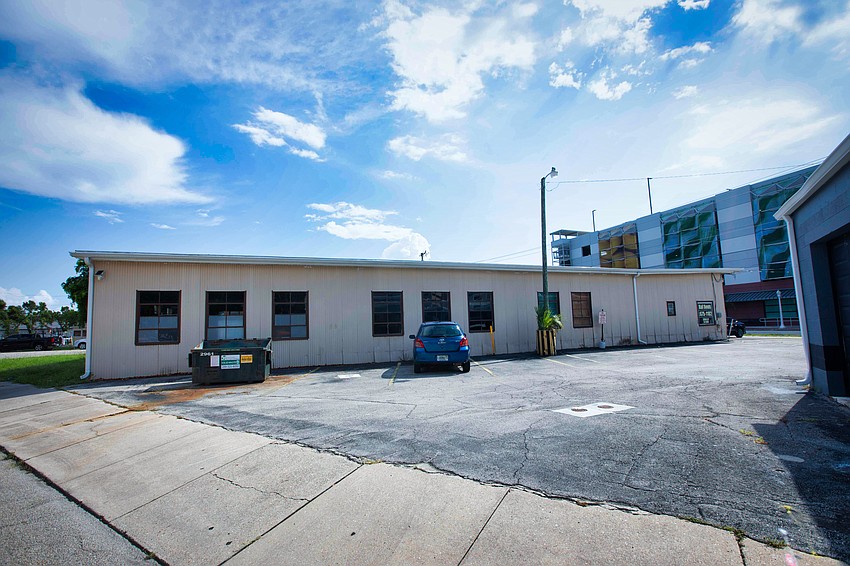- July 26, 2024
-
-
Loading

Loading

Tamarac is a city of about 66,000 residents in Broward County. It’s a bedroom community that sits in the shadows of its larger neighbors, Fort Lauderdale and nearby Miami.
But its size does not mean it lacks ambition.
The city is working on attracting developers that, it hopes, will transform its commercial corridors and provide residents with options to eat and shop without leaving town — and, in the process, add to its own coffers. It’s a bit of heavy lift given the 60-year-old city doesn’t have a community redevelopment agency and that all but 10% of its land is residential.
But despite its challenges — or perhaps because of them — Tamarac has an aggressive incentive plan in place that gives developers a $500,000 grant to build large scale commercial developments.
“The biggest community charge and community challenge for us is developing what was never there,” says Lori Funderwhite, Tamarac’s economic development manager.
Tamarac is not unlike hundreds of communities throughout the state — and the country — that for years have been offering incentives to lure businesses to their communities. Whether it be Plant City giving food distributor Sysco a 50% credit on its assessed value to build a 504,000-square-foot distribution facility or Pasco County loaning developer Rizzetta Real Estate $1.5 million in Penny for Pasco funds and agreeing to rebate $1.435 million in property taxes, government has long seen these enticements as good way to attract businesses.
The idea, economic development officials say, is that providing a financial leg up to businesses looking to expand is a long-term investment that will show returns in the form of jobs and tax revenue.
Attracting business — whether a shop or a developer — to localities is critical as the state’s population continues to grow and consumers moving to, or already established in, these communities expect more. While many of these places already have shopping centers, they are often outdated, lacking the offerings and amenities today’s consumers look for. Meaning local shoppers, and their money, head elsewhere.

The need isn’t limited to Florida.
Daniel Martin, manager of retail commercial development for Electric Cities of Georgia’s office of economic and community development, says most of the communities he deals with have been focused on industrial development, but there is a real need for retail. The right package of incentives, he says, can help in “completing the circle of community development.”
“We're really out there trying to advocate and to help these communities grow that retail base,” Martin says. “It's not just your quick service or your grocery centers, but we're also focusing a lot on downtown redevelopment.”
Incentive packages don’t always pan out though.
The Brookings Institution, a Washington, D.C. think tank, points to Wisconsin’s attempt to lure the Taiwanese electronics manufacturer Foxcomm as an example of how things can go wrong. According to Brookings, in 2017 Wisconsin agreed to $4 billion in tax incentives for the company so it would build a plant to manufacture flat screen TVs. The project was supposed to bring 13,000 jobs to the state.
The lofty expectations have not come to fruition, Earlier this year, in March, the Milwaukee Journal Sentinel wrote that today “employment is a fraction of the initial promise and it’s unclear what is being manufactured at the site.”
Even if it had lived up to expectations, Brookings says “there is no way the Foxconn subsidy would have made money for the state or provided earnings benefits for residents that exceed its costs.”
The point of this example is not to dissuade municipalities from using incentives for economic development. It’s a warning of what can happen when things go wrong. Brookings, in a 2021 report says “tax incentives can influence economic growth and opportunity in cities if they are strategically targeted to the right businesses and business behaviors.”
In the case of Tamarac, what it is looking for is developers interested in projects to revitalize its commercial corridor. The city says what it wants is mixed-use lifestyle centers with space for the public. The idea is for these centers to bring upscale restaurants, brew pubs and entertainment centers.

But Funderwhite says the city is not solely focused on new.
Tamarac offers a $250,000 grant out of its general fund for updates to existing plazas. The grant isn’t just for the façade. Property owners can use the money to improve landscaping, parking lots or other features on the property. And there is an added incentive to bring a sit-down restaurant into a development, “something we need in our community that we don’t have a lot of,” she says.
Funderwhite says the program was launched last year and, to date, two grants have been awarded. The first of these projects is nearing completion. It is for a former Winn-Dixie store that was vacant for four years. The modernization includes new landscaping and an upgraded parking lot as well as new lighting and signage. The center will anchored by a Bravo grocery store and there are leases pending for two other tenants.
Three more applications are in the pipeline.
As for the up to $500,000 Real Estate Development Accelerator Grant, it is meant for “creative” mixed-use projects along the city’s commercial corridors. One applicant is in the early stages of assembling property in a redevelopment district for a museum-based mixed-use project.
Beyond the grants, Tamarac is also working to find a buyer for a 3.47-acre parcel it owns on Commercial Boulevard and N.W. 91st Avenue. The city bought the property nearly 20 years and already developed 400 multifamily units on it.
It, along with Colliers International, has now issued a Request for Proposals for a retail and restaurant component that will be the “final commercial development phase of the Tamarac Village mixed-use project.”
The bidding is open until Nov. 16.
“That’s really driving what it is the city wants to see,” Funderwhite says. “Making that investment, assembling those properties and laying the table for a commercial developer to come in.”